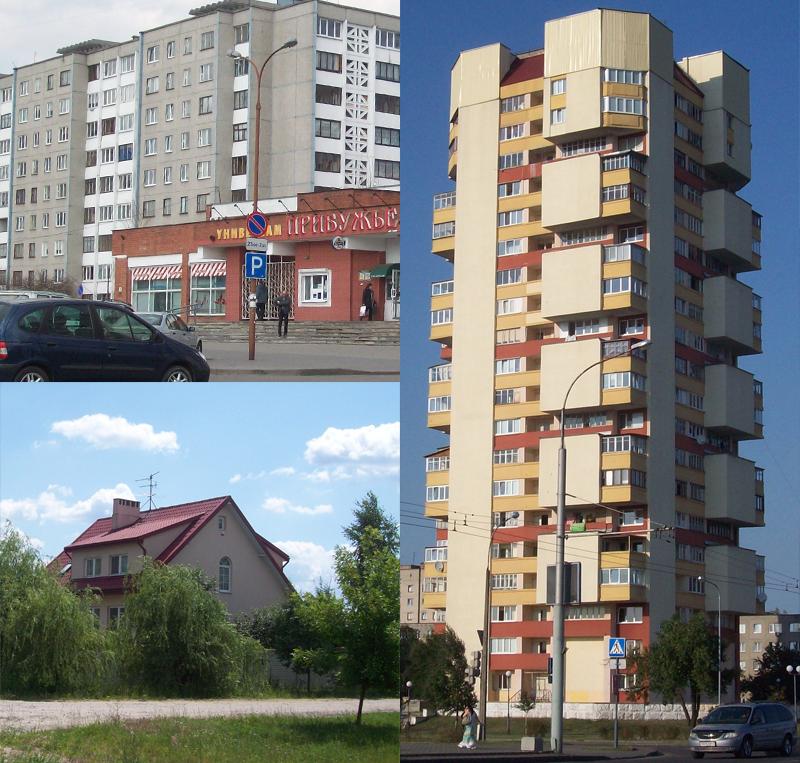Housing classifications explained — economy, comfort, business, elite.
Characteristics of housing classes
Elite housing.
Prestigious neighborhoods (where there is high-quality infrastructure and an elite environment) are chosen for the construction of elite houses. In turn, the residential building should be located in a calm, quiet city center with good transport accessibility. Construction of houses is carried out according to individual designs. For example, this includes spaciousness, open floor plans, a large kitchen combined with a dining room, living room, loggia and additional bathrooms.
-
Apartment area: one-room – from 50 sq. m, two-room – from 80 sq. m, three-room – from 100 sq. m. These houses use monolithic construction (90%). High-quality concrete is used. In the remaining 10% other technologies are applied.
Materials specifically intended for construction using monolithic technologies are used: ceramic brick, aerated concrete block, expanded clay block, cinder block, sand block, and other effectively complex methods of facade finishing. Often high-quality ceramic brick finishing and the arrangement of a ventilated facade faced with porcelain stoneware are practiced. Part of the elite class should be sparsely populated (1–2 apartments per landing, no more than 60 in the building). Still, the criteria of elitism are not fixed, as they change over time and are supplemented depending on the increasing demands of potential buyers.
Requirements for engineering components of housing of this class are higher (all security systems, the heating system should be autonomous, security video surveillance systems, ventilation, fire suppression, air conditioning, etc.).
Business class.
Buildings are located both in the center and in districts adjacent to the center, with necessary social and household facilities. Building technologies: frame-block, panel, with the possibility of free layout.
-
40–50% of buildings are monolithic construction (multi-storey), 50–60% are prefabricated construction. In this class the main wall material used is silicate brick. Drywall is used for interior partitions. Facade finishing is mainly facing brick.
Apartment area: one-room – from 45 sq. m, two-room – from 60 sq. m, three-room – from 80 sq. m.
From engineering systems – only fire and security alarms. Heating should be both centralized and autonomous.
Economy class.
The location of buildings of this class does not matter; they may be removed from the center, where new microdistricts are being developed. These houses are panel construction (no possibility of free layout), intended for consumers with low purchasing power. A rational approach is very important for buyers; the kitchen size is no larger than average. Small corridors and rooms — a significant reduction in apartment area.
-
Apartment area: one-room – 35–45 sq. m, two-room – 50–60 sq. m, three-room – from 70 sq. m.
Of engineering systems, only the fire safety system is mandatory.
The characteristics and criteria of various housing classes presented in this article are not absolute rules and there may be exceptions within each group by any criterion.

LLC "High‑Tech Security", Moscow